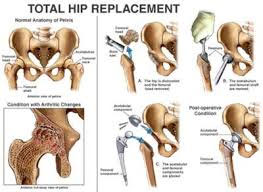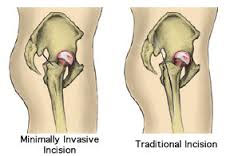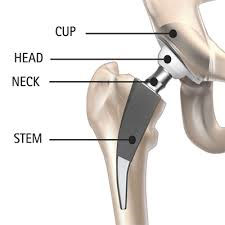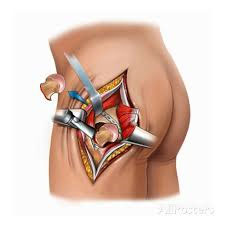Total Hip Replacement is a process of removing the damaged parts of the hip joint and replacing them with metal or plastic-made parts. Once the artificial joint is put in place, the functionality of hip improves and the pain reduces.
Total hip replacement becomes an option once the pain restricts day-to-day activities and other medications have not bore fruits so far. One of primary reasons of hip replacement is arthritis damage.


There are two ways of total hip replacement.
Let’s have a look at each:-
There are many signs and symptoms that are precursor to total hip replacement.
Let’s look at some reasons that lead to total hip replacement:-


The surgery starts by giving anesthesia to the patient. A team would evaluate what kind of anesthetic would suit you. The team would decide whether you should be fully sleep or half awake or somewhere in between.
Afterwards, the procedure starts wherein the removal of the damaged bone and cartilage takes place followed by replacing them with prosthetic components.
A metal stem takes the place of the damaged femoral head. Subsequently, a metal ball takes place of the damaged femoral head. Similarly, a metal socket works as a perfect replacement for the removal of the socket’s damaged cartilage surface.